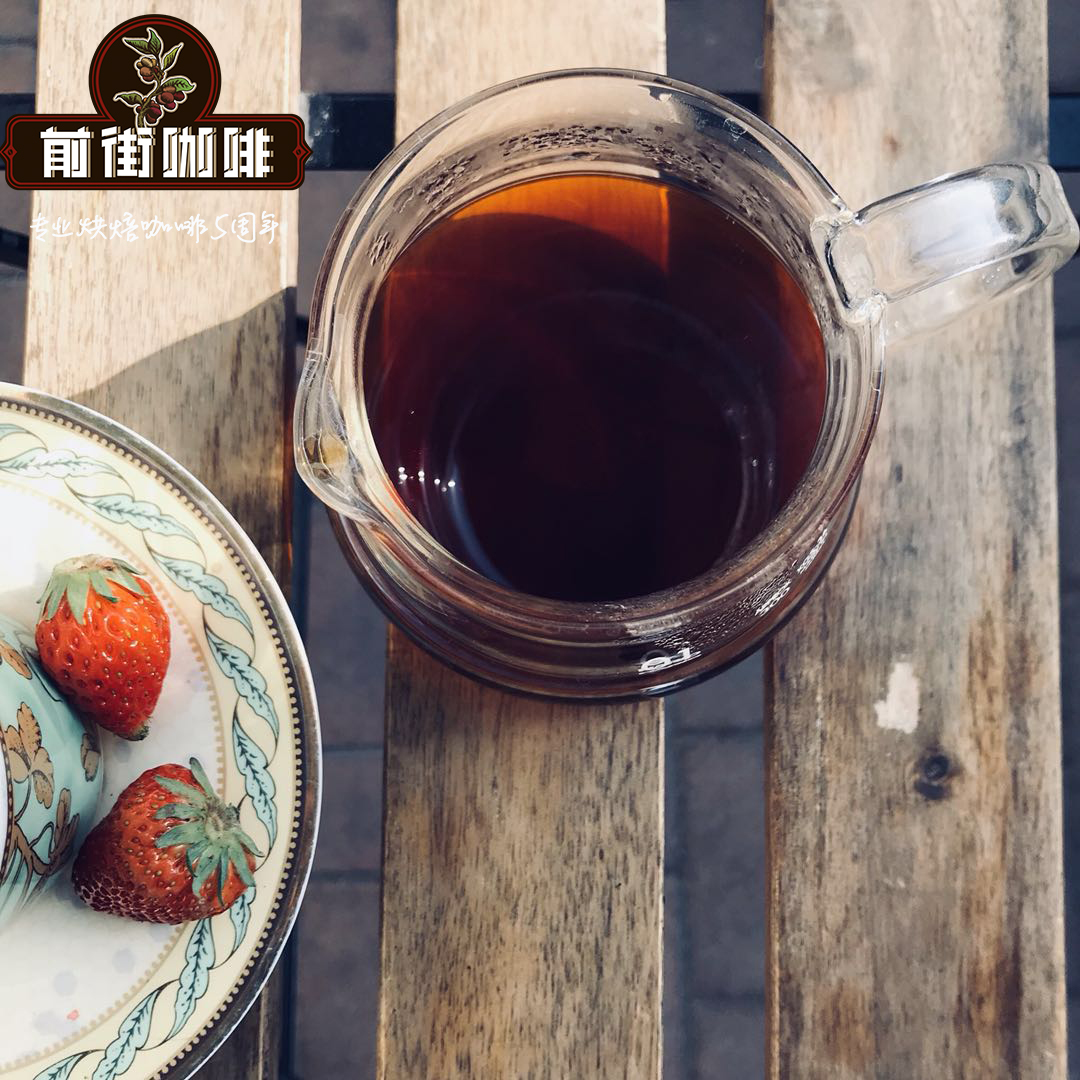What is the East Timorese coffee variety hibrido de Timor? Characteristics of coffee cultivation in East Timor

Professional coffee knowledge exchange more coffee bean information please follow the coffee workshop (Wechat official account cafe_style)
In East Timor, a country based on agriculture, the industry of growing coffee beans has always existed, but because of the previous years of war, the people generally have a low level of education, lack of agricultural technology, and do not know how to distinguish between good and bad coffee beans. the selling price is naturally not high. So some companies buy a large number of coffee produced in East Timor, take back the good and bad, and then choose suitable coffee as raw materials.
Some mountainous areas are remote, nearly six hours' drive from the capital Dili, and the level of local infrastructure remains relatively backward, so not many coffee merchants are willing to go there to buy coffee beans from local farmers. Local farmers have to get together and ship them to the city, or sell coffee beans to a nearby market.
The emergence of Hummningfish Foundation has just changed this situation. They teach farmers to plant, collect only the best coffee beans and settle by weight every day. After settlement, they will carry out a series of processes, from washing beans to drying beans, from drying beans to packaging and transportation, all meticulously.
After repackaging, coffee beans can be sold to coffee shops in East Timor and even overseas at higher prices, and all the proceeds will go to local farmers to continue to support local development.
The Democratic Republic of East Timor, commonly known as East Timor, is a country located at the eastern end of Timor Island in Southeast Asia. It was once Portugal's only two overseas colonies in the far East. At the end of August 1999, with the support of Australia and other countries, it decided to become independent by referendum. It became independent at 00:00 on May 20, 2002, and formally joined the United Nations on September 27, 2002, becoming the 191st member of the United Nations. The people's Republic of China is the first country to establish diplomatic relations with it.
The original Arabica coffee beans produced in Indonesia and East Timor have larger granules, moderate aroma and bitterness, and light acidity. The palate is full-bodied like Colombia, full-bodied fruit, delicate lipids, adding slippery tenderness after the entrance of coffee, good cleanliness, Kona-like sweetness and nutty aromas, full-bodied, full-bodied and aftertaste, caramel chocolate aromas reverberate in the mouth, carambola and plum sweet and sour fruit flavors in the low-key fruit acidity.
Hibrido de Timor (or Timor hybrid) coffee is the result of spontaneous interspecific hybridization between Coffea arabica (Arabica coffee) and C. canephora (Robusta coffee). Arabica coffee accounts for more than 60% of global coffee production. Because of its superior quality, Arabica coffee is the source of dozens of characteristic varieties. Unfortunately, it is also very vulnerable to coffee leaf rust (fungal infection caused by Hemileia vastatrix) and other diseases. Robusta coffee, which accounts for most of the world's other products, is of lower quality than Arabica coffee, but has the advantage of resisting many diseases, including rust. Hibrido de Timor may come from a single Robusta maternal plant with disease resistance, but its quality is closer to that of Arabica. These characteristics make it popular among coffee growers, growers and drinkers.
Hibrido de Timor was discovered in 1927 on a plantation growing coffee (various Arabica coffee), which was established in what is now East Timor in 1917. Coffee farmers in East Timor began growing hibrido de Timor in the 1940s. In the late 1950s and 1960s, seeds were spread to other Indonesian islands and then to research institutions in the coffee-producing world, where breeders crossed them with Arabica coffee to produce rust-resistant varieties such as catimor and sarchimor.
Despite the obvious importance of hibrido de Timor to the global coffee industry, little research has been done on the geographical scope and genetic characteristics of the original plants in East Timor. Part of the reason is that many of the plantations where this genetic hybridization took place were abandoned after the Indonesian invasion in 1975 and are now semi-wild. Coffee is the foundation of East Timor's economy (almost half of the population depends only on coffee for a living) and dozens of other developing countries. The ability of coffee growers and growers in these countries to fight leaf rust and other diseases-which may become more serious and widespread as a result of climate change-may depend to a large extent on genetic resources from Timor.
Important Notice :
前街咖啡 FrontStreet Coffee has moved to new addredd:
FrontStreet Coffee Address: 315,Donghua East Road,GuangZhou
Tel:020 38364473
- Prev

How does the black angel brew the Guatemalan micro special fruit black angel _ how to choose the Guatemalan hand-made coffee
Professional coffee knowledge exchange more coffee bean information please follow the coffee workshop (Wechat official account cafe_style) Black Angel name: Guatemalan Coffee Black Angel Origin: Guatemala Vivetnam Fruit Black Angel Manor Kaduai Grade: SHB Variety: Catuai treatment method: washing these Guatemalan coffee beans above 1800 meters above sea level
- Next

Guatemala Santa Felicia Sun Red Patch Coffee Ice hand how to do _ Santa Felicia Manor
Professional coffee knowledge exchange more coffee bean information please follow the coffee workshop (Wechat official account cafe_style) Guatemala Coffee Manor Santa Felisa is located in the high altitude of Akalantia (Volcan Acatenango), coffee cherries ripen slowly, with bright acidity and surprise sweetness, full and balanced advantages, while Santa Lisa is even more rare in this area.
Related
- Detailed explanation of Jadeite planting Land in Panamanian Jadeite Manor introduction to the grading system of Jadeite competitive bidding, Red bid, Green bid and Rose Summer
- Story of Coffee planting in Brenka region of Costa Rica Stonehenge Manor anaerobic heavy honey treatment of flavor mouth
- What's on the barrel of Blue Mountain Coffee beans?
- Can American coffee also pull flowers? How to use hot American style to pull out a good-looking pattern?
- Can you make a cold extract with coffee beans? What is the right proportion for cold-extracted coffee formula?
- Indonesian PWN Gold Mandrine Coffee Origin Features Flavor How to Chong? Mandolin coffee is American.
- A brief introduction to the flavor characteristics of Brazilian yellow bourbon coffee beans
- What is the effect of different water quality on the flavor of cold-extracted coffee? What kind of water is best for brewing coffee?
- Why do you think of Rose Summer whenever you mention Panamanian coffee?
- Introduction to the characteristics of authentic blue mountain coffee bean producing areas? What is the CIB Coffee Authority in Jamaica?

